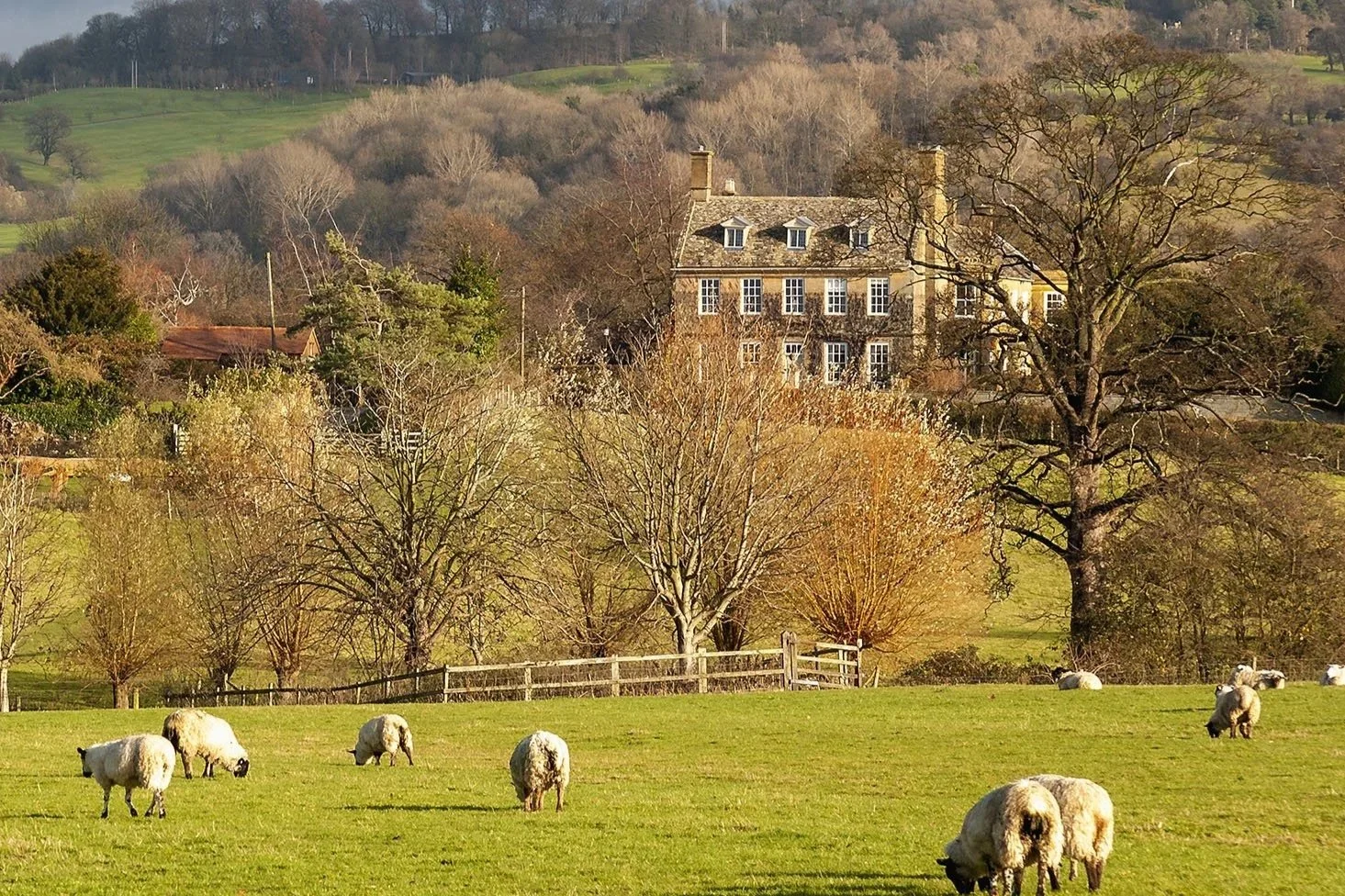The Charm and History of English Country House Names
There is a certain magic to the names of English country houses. They blend history, landscape, and personality, making each one a story in its own right. The tradition of naming rural homes in England dates back centuries. These names reflect the architecture or grandeur of the property, as well as the social fabric and history of the land.
A Glimpse Into the Past
Many iconic country house names in England, such as Manor House, Hall House, and Park House, are more than just titles. They echo a building’s original purpose. The Manor House was usually the principal residence of the local lord; a symbol of his authority and the heart of his estate. A Hall House harks back to medieval times, when families gathered in great central halls for meals, warmth, and a sense of community. Park Houses were often set within vast landscapes, once home to herds of deer, and designed for both sport and spectacle.
Other names, such as The Old Rectory or The Old Vicarage, highlight a property’s spiritual or communal importance. These homes once housed the village rector or vicar. The Grange and the Dower House embody historic economic and social roles: The Grange served as a monastic farm or agricultural estate, while the Dower House housed the widow of the estate’s previous owner, providing comfort nearby. Even the Lodge, typically at an estate entrance, conjures images of gatekeepers and the promise of something splendid within.
From Barns to Bakehouses
Converted buildings provide many of the most evocative names in the English countryside. A Tythe Barn, or the Tallet, instantly signals its agricultural origins. Their robust timbers and airy interiors are reinvented as inviting homes. The Mill, The Stables, and The Tannery evoke times when rural industry and food production anchored village life. Dairy and The Old Dairy sustain memories of lively farmyards. The Walled Garden suggests a home nestled within or beside a flourishing, sheltered garden. These names declare the building’s original function and highlight the ingenuity that transforms these spaces into beloved homes.
Nature and Place
Not all English country house names are rooted in status, history, or conversion. Many draw inspiration from the landscape and the natural world. Names like Hillside, Meadow View, Riverside Cottage, and Treetops paint vivid pictures of the location. They suggest a home perched above rolling hills, nestled beside a tranquil river, or surrounded by ancient trees. Such names connect the house to its environment, inviting an immediate sense of place and belonging.
Floral, Faunal, and Whimsical
Other names often reflect the flora, fauna, or the owners' own imaginations. Bluebell Cottage, Hollyhock House, Orchard House, and Rose Cottage evoke lush gardens and fragrant blossoms. The Gables hints at architectural features. Yew Tree Cottage and The Willows pay tribute to stately trees. Some owners select descriptive or whimsical names, such as The Snug, The Nook, Cobwebs, or Hunter's Moon, infusing homes with warmth, charm, or a touch of poetry.
Trade and Craft-Inspired
Trade-based names add another layer of character. They offer a glimpse into the property's working history. The Bakehouse, The Old Post Office, The Forge, The Mason, and similar titles evoke the crafts and trades that once supported rural communities. These names carry a sense of nostalgia and authenticity, preserving the memory of how these properties once served their villages or estates, and lending a unique sense of identity to the homes they now grace.
More Than Just a Name
Ultimately, English country house names are more than labels on a gate. They are windows into the lives, histories, and dreams of those who lived there. Whether rooted in the land, inspired by nature, or tinged with nostalgia and imagination, each name invites us to explore the stories of England’s remarkable rural heritage.










